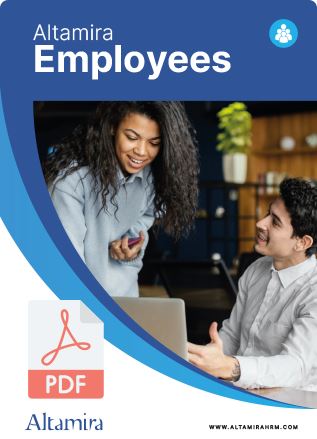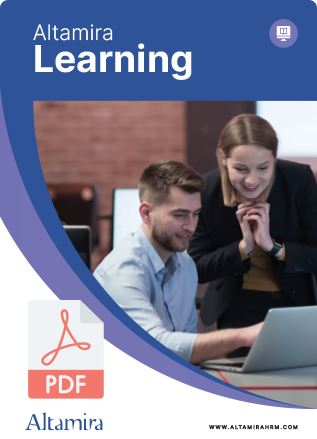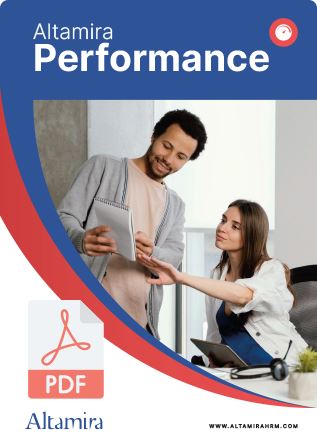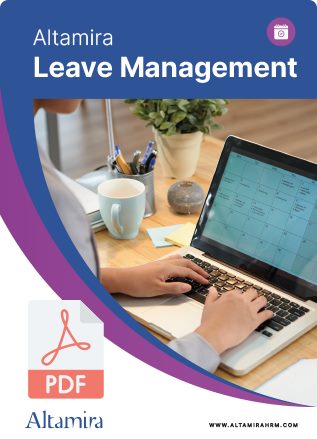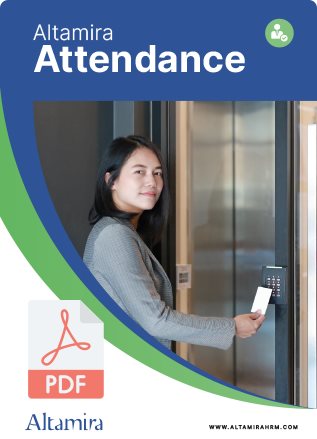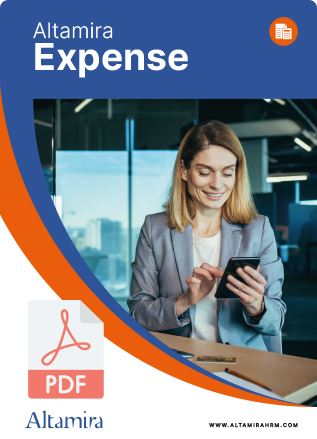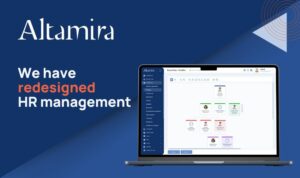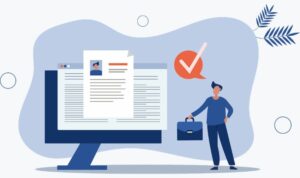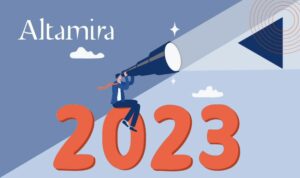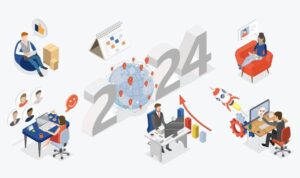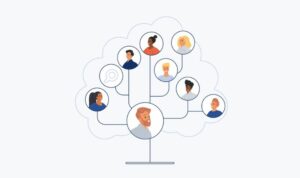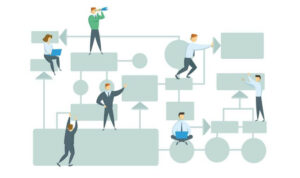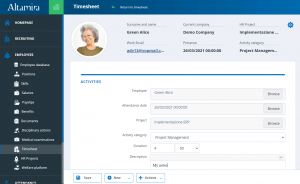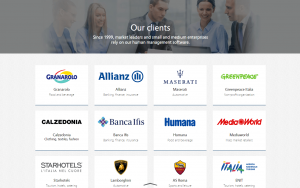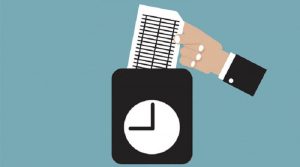Attendance management is as necessary as it is complex; unsurprisingly, it was one of the first personnel management processes to be digitized.
Not so long ago, attendance tracking programs were hindered with rudimentary graphics and complex settings, feeling more like Excel sheets than modern software.
Attendance management using these tools required a great deal of manual labor to identify and correct anomalies. The process also lacked transparency, as employees could check for mistakes only after receiving their paycheck.
Luckily, today’s market offers modern solutions such as Altamira Attendance, which contributed to renovating the industry by making attendance management more accessible and transparent.
Here are 5 of their best features:
1. User-friendly interface
As we mentioned, older attendance systems installed on-premise weren’t known for clarity nor usability.
Attendance managers had to conduct tiresome verification processes by running through hard to read data tables, straining the eyes and putting their patience to the test. Not only that, but setup operations were so complex that any change to the settings had to be carried out by the supplier.
On the contrary, modern attendance tracking software follow the latest usability and UX standards, offering clean and easy-to-follow interfaces, simple commands, adequate font size, etc.
While improving the user experience, the intuitive design also saves time by minimizing the number of clicks required to complete each task. Certain operations can even be performed directly through mobile notifications!
2. Mobile apps
The installation and maintenance of hardware tracking devices can be costly, especially for SMEs, while tracking attendance during remote work and business travel can pose a challenge for those in charge.
These issues can be overcome by transitioning to a modern solution that allows employees to virtually clock in through a web browser or, better yet, a native mobile app.
A simplified, self-service clock-in system means less administrative work at the end of each month.
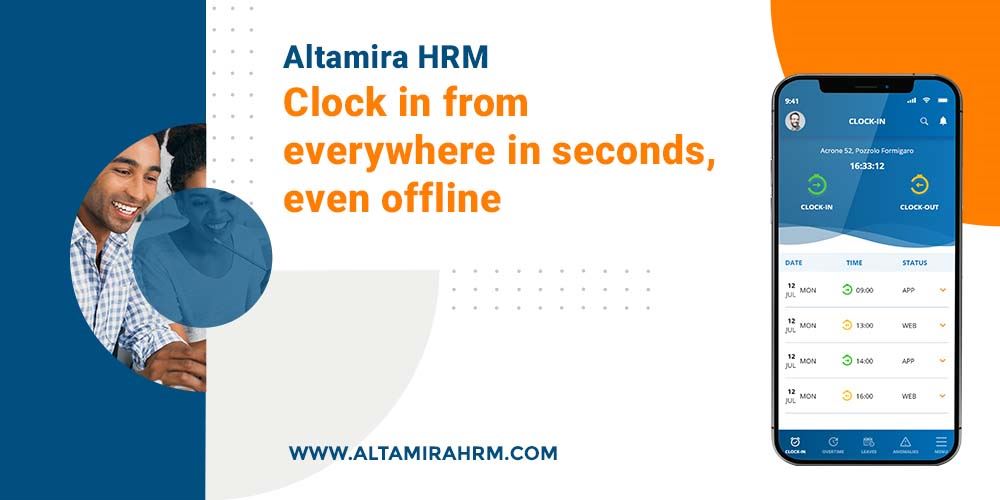
Altamira HRM app, available for Android and iOS, is designed to give full autonomy to employees.
3. Depth of configuration
Attendance tracking is further complicated by the copious amount of regulations each country has in place: working hours and shifts, bonuses, overtime, surcharges, vacations and leaves can vary deeply depending on the type of contract and even between employees.
Undeniably, it can be difficult for attendance tracking software to recreate such a complex context. To avoid huge anomalies at the end of each month, the only solution is to choose a “deep” system, one that allows in detail configuration to recognize and support even the most complex contexts. As a result, the time spent on generating monthly attendance reports will be significantly shorter.
4. Advanced integration with payroll software
The data processed by the attendance management software is primarily used to calculate paychecks.
As such, it needs to be organized and shared in a format compatible with the payroll management software, whether this is internal or managed by an external consultant.
The export of data and its transmission to the payroll software can be more or less automated; this is still a fairly manual process for many companies, as they choose to manually export Excel files to be shared with the payroll manager, who will then import them into the payroll system.
However, modern attendance management software can fully automate these steps, saving precious administrative time.
5. Self-service portals
Giving managers and employees access to the attendance tracking platform allows employers to delegate a series of activities, reducing the overall administrative workload.
Not only will employees be able to manage clock-ins/outs, absences, and overtime, but they will also be able to resolve numerous anomalies independently.
It is reasonable to expect human errors to eventually happen: a worker may forget to clock in, or a manager may delay approval for a leave request, causing discrepancies in the employee’s worked hours.
Modern attendance tracking software allow employees and supervisors to resolve these issues independently, decreasing the number of errors that attendance managers will have to address at the end of each month.


